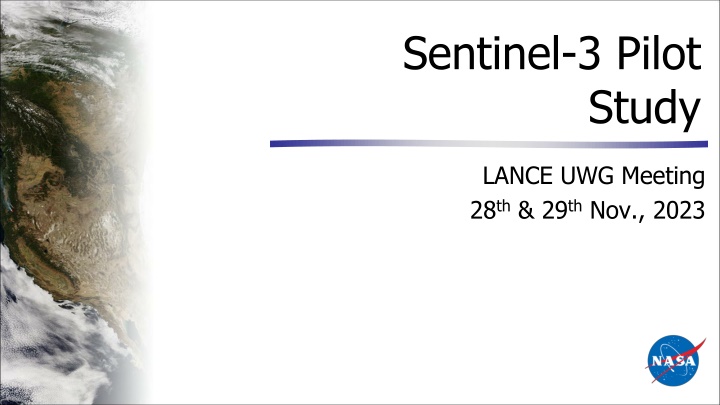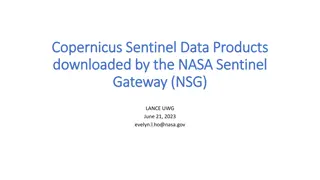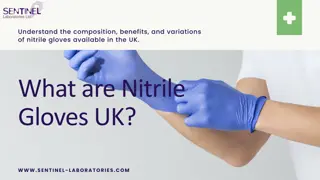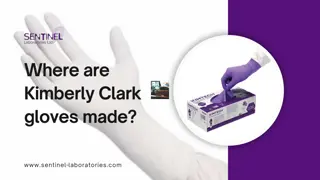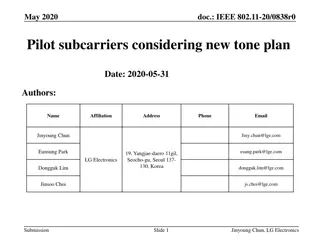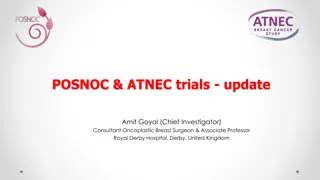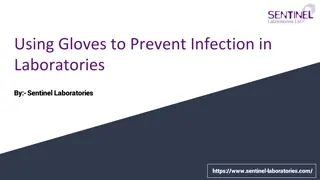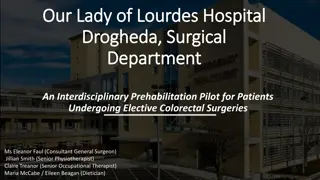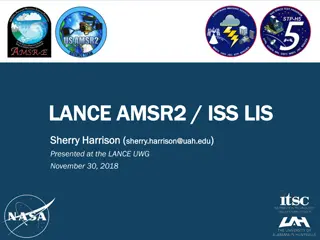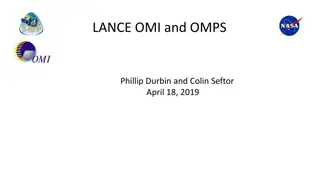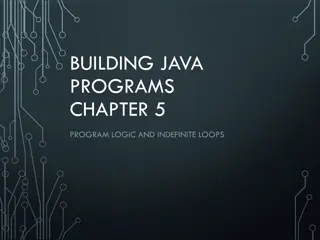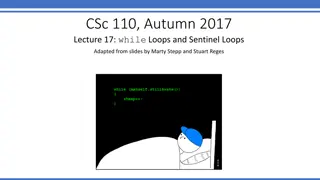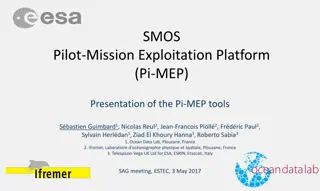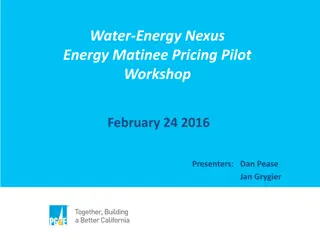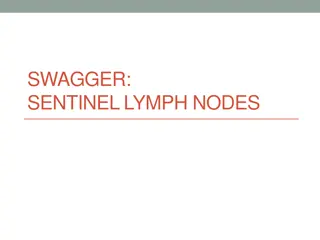Sentinel-3 Pilot Study LANCE UWG Meeting Summary
The Sentinel-3 Pilot Study LANCE UWG Meeting held on November 28th and 29th, 2023, focused on evaluating Sentinel-3 data for Earth System Data Records continuity. The objectives included assessing NRT fire products, generating corrected reflectance products, and prototyping a standard LSR product. Participants included various experts from GSFC, EUMETSAT, and ESA. The meeting highlighted the importance of utilizing Sentinel-3 data for maintaining data records and showcased the development of corrected reflectance and active fire products.
Download Presentation

Please find below an Image/Link to download the presentation.
The content on the website is provided AS IS for your information and personal use only. It may not be sold, licensed, or shared on other websites without obtaining consent from the author.If you encounter any issues during the download, it is possible that the publisher has removed the file from their server.
You are allowed to download the files provided on this website for personal or commercial use, subject to the condition that they are used lawfully. All files are the property of their respective owners.
The content on the website is provided AS IS for your information and personal use only. It may not be sold, licensed, or shared on other websites without obtaining consent from the author.
E N D
Presentation Transcript
Sentinel-3 Pilot Study LANCE UWG Meeting 28th& 29thNov., 2023
Participants GSFC ESDIS Oversight Karen Michael, Dawn Lowe, Jenny Hewson L1 Land SIPS data processing Sadashiva Devadiga Corrected/Surface Reflectance Eric Vermote Fire Product Louis Giglio, Evan Ellicott, Fernanda Argueta FIRMS Diane Davies Worldview Ryan Boller Moral Support Miguel Rom n/Chris Justice (MODIS/VIIRS Land Discipline Leads) EUMETSAT/ESA Partners Julien Chimot (EUMETSAT), Martin Wooster (ESA Fire algorithm)
Pilot Study Objective and Goals To study and demonstrate feasibility of Sentinel-3 data towards ensuring continuity of Earth System Data Records (ESDRs) from Terra-AM MODIS. Four main project goals: 1. Evaluate Sentinel-3A (S3A) and -3B (S3B) NRT Fire Products, and import the active fire data into the FIRMS database for display and distribution in LANCE FIRMS and Worldview 2. Generate S3A and S3B NRT L2 Corrected Reflectance (CR) Product + Terra- AM MODIS heritage CR imagery from S3 CR for distribution and display on LANCE and GIBS/Worldview. 3. Prototype standard Sentinel-3 Land Surface Reflectance (LSR) product in SIPS 4. Support, as appropriate, program-wide engagement with CEOS WGCV on ESA/NASA bilateral activities
Corrected Reflectance and Prototype Land Surface Reflectance Products Corrected reflectance (CR) code for OLCI (CREFL-O) and SLSTR (CREFL- S) created Land surface reflectance (LSR) code for OLCI in-progress CREFL-O (300m bands R, G, B, NIR) CREFL-S (500m bands R, G, NIR, SWIR1 (1.6mic), SWIR2 (2.1mic) Prototype CR and LSR composites will be available through GIBS and in Worldview for visualization Corrected reflectance s (OLCI) RGB Top of the atmosphere reflectance s (OLCI) RGB range (nm) 620 670 459 479 545 565 841 876 1628 1652 SLSTR; 500m Band centre (nm) Band centre (nm) S2 659 OLCI; 300m MODIS; 250m composites Band 1 3 4 2 6 Oa08 Oa04 Oa06 Oa17 665 490 560 865 S1 S3 S5 S6 555 865 1610 2250 Eric Vermote NASA/GSFC
Sentinel-3A/3B Active Fire Product Overview Sentinel-3A/3B 10:00 local crossing time (sun-synchronous orbit) Relevant sensor is the Sea and Land Surface Temperature Radiometer (SLSTR) Oblique + nadir asymmetric conical scans Quirks w/ respect to saturation and band co-registration Near-real time (NRT) and science-quality ( NTC ) SLSTR active fire products available from EUMETSAT and ESA, respectively NRT and NTC fire products are largely independent due to the different European Commission mandates Our focus is on the EUMETSAT NRT active fire product for FIRMS
L1B Regridding Level-2 SLSTR products are generated from regridded swath pixels. This scheme differs from NASA Level-2 products. native swath pixels regular grid https://sentinel.esa.int/web/sentinel/technical-guides/sentinel-3-slstr/level-1/cosmetic-fill
Scenario: Use EUMETSAT NRT product as-is Assorted practical product issues Cumbersome format: multiple fire products/files in one big zip file Detailed description of NRT detection algorithms not yet available Production software is proprietary Contents of shared product layers must be separated by user Product issues related to regridding Production software (and often end users) must worry about duplicate, cosmetic, unfilled, etc., pixels that arise as a result of regridding Fires are sometimes lost because some swath pixels are effectively discarded Daytime detection + FRP retrieval complicated by low-gain/high-gain MWIR channel registration Product does not yet reach the quality and rigor that FIRMS provides
SLSTR Pixel Footprint S7 (high gain MWIR) 1-km grid F1 (low gain MWIR) Xu et al. (2021, RSE)
Course going forward Aim is to have S3 data within the existing systems (e.g., FIRMS) that people are used to Exploring multiple options for making the S3 fire product more mature and easier to use/interpret More comparable to MODIS product No lost fires Reduce/eliminate regridding artifacts Working with EUMETSAT and ESA Feedback + recommendations
Timeline: TBD Pilot study timeline: through early 2024, but hopefully extended Planning to submit proposal for a second phase to NASA HQ
